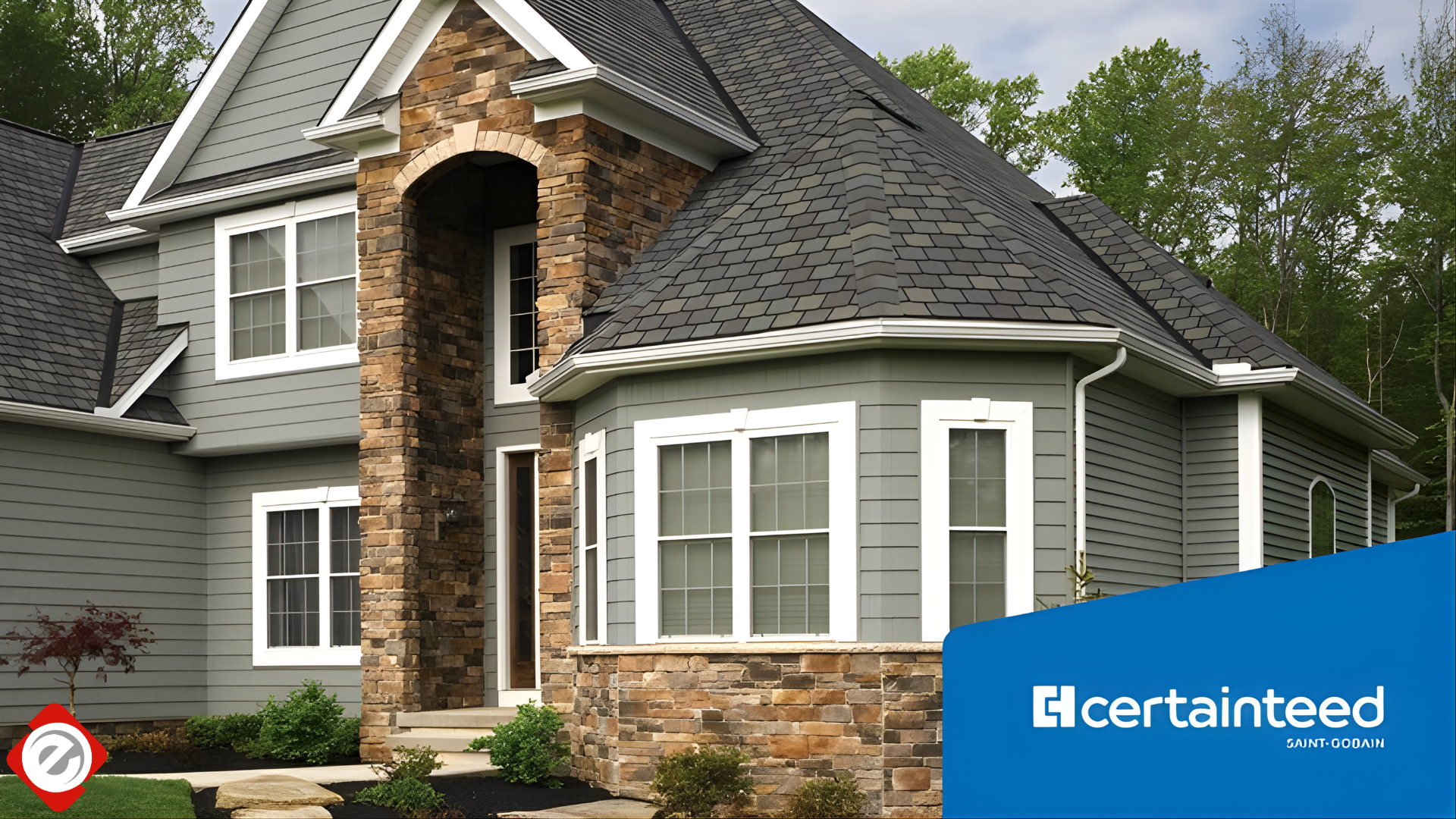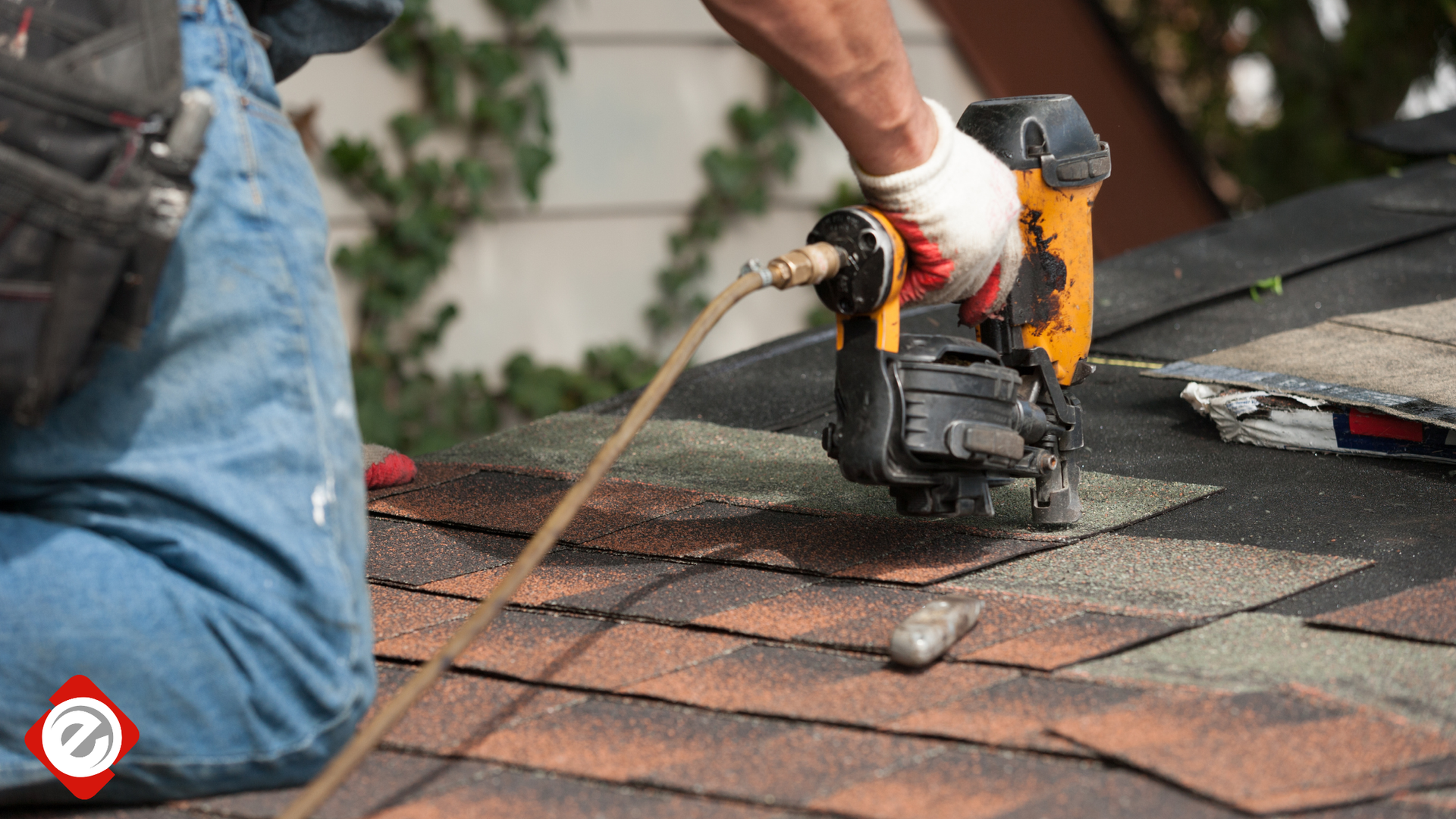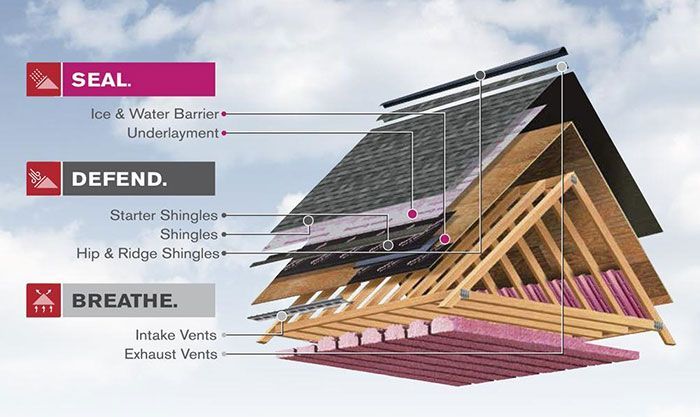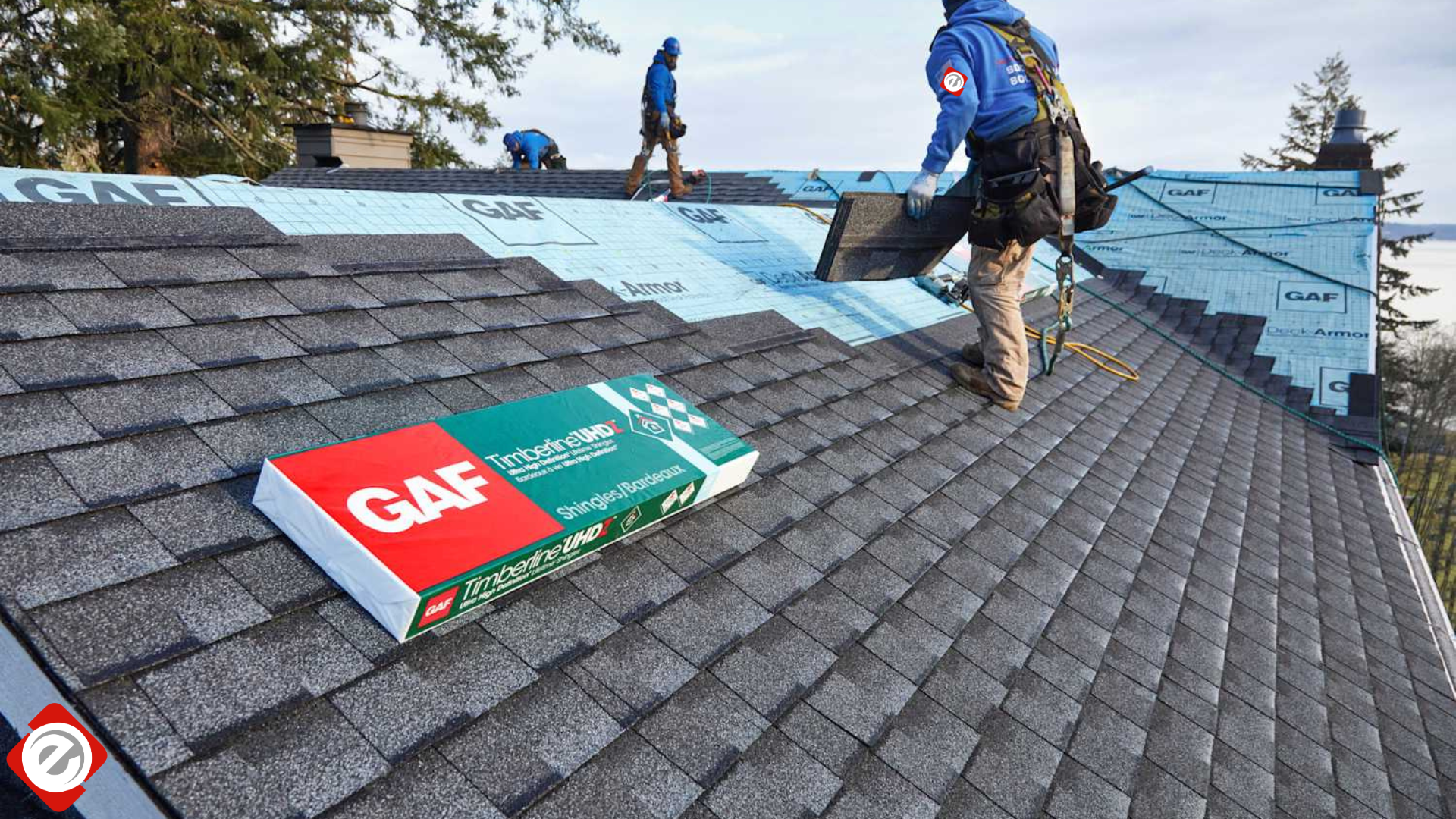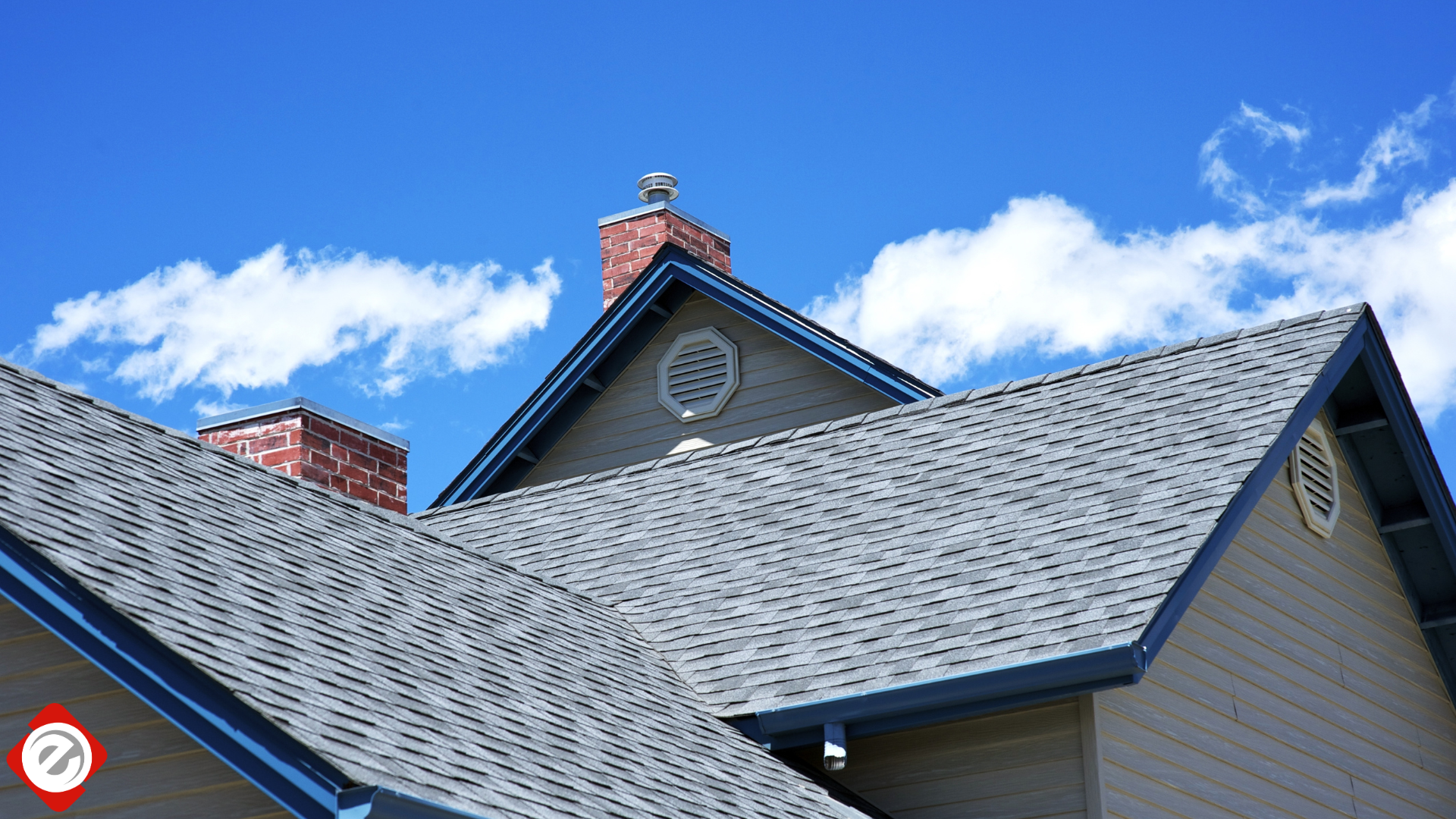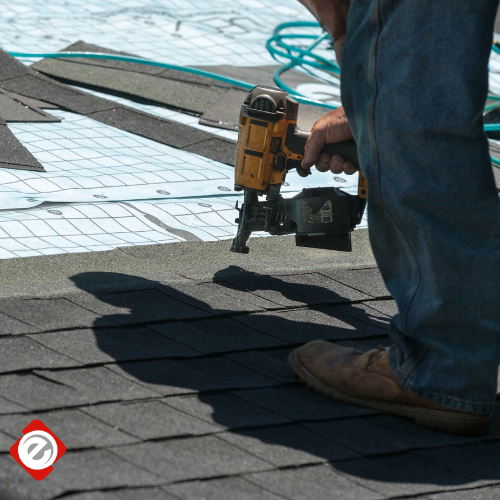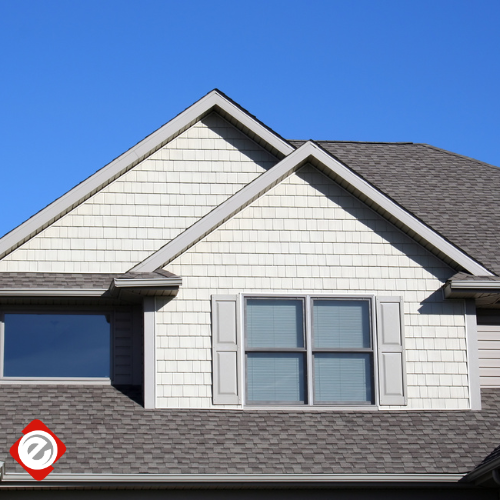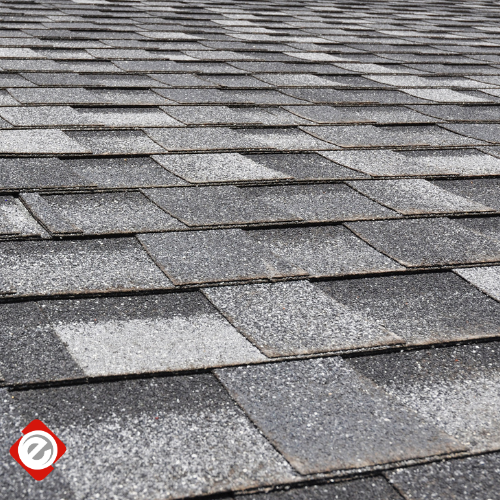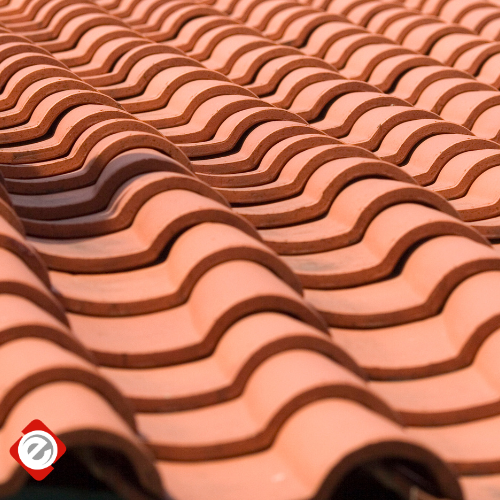econoroofing209@gmail.com
5 Telltale Signs of Roof Damage in Stanislaus & Merced County
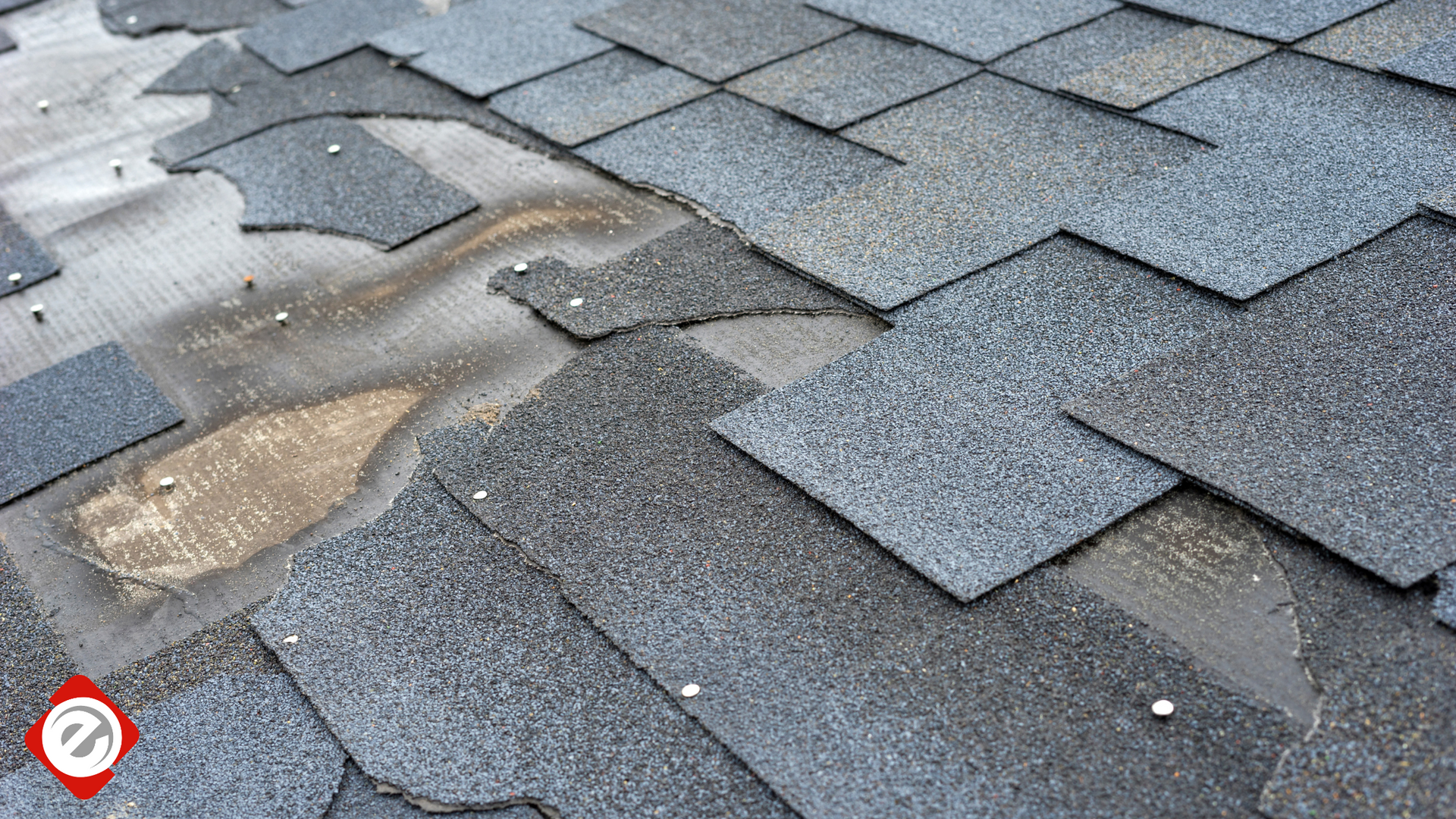
Your home’s roof endures a relentless, year-round battle with the Central Valley climate. The intense summer sun weakens its defenses, and winter rains exploit every vulnerability. For homeowners in Modesto, Turlock, and across the county, this damage often remains subtle, accumulating until a storm reveals a critical failure that requires urgent roof repair.
As the region's only Owens Corning Platinum Preferred contractor, we believe in empowering homeowners. This guide explains how to spot the five most common signs of weather damage, helping you address issues before they become costly emergencies.
Sign 1: Sun & Heat Fatigue Demanding a Roof Inspection
Prolonged exposure to intense UV rays is the leading cause of roof deterioration in California. The sun effectively bakes the flexibility out of roofing materials, leading to specific visual cues that indicate your roof needs a professional inspection.
- Curling or Cracking Shingles: Intense heat dries out asphalt shingles, causing them to lose flexibility. They may begin to curl at the edges or develop visible cracks, making them brittle and prone to breaking.
- Granule Loss: The sandpaper-like granules on your shingles are their primary shield against UV radiation. When these wear away, you might find an accumulation of black, sandy particles in your gutters. This loss of protection is a clear sign that a roof repair in Modesto may be needed soon.
- Blistering: On hot days, moisture trapped within a shingle can expand, creating bubbles or blisters on the surface. These can eventually rupture, leaving the underlying material exposed and creating a path for leaks.
Sign 2: Nail Pops and the Need for Roof Repair
One of the most direct consequences of the Central Valley's temperature swings is "nail pops". This occurs as roofing materials expand in the daytime heat and contract at night.
This constant movement can slowly push roofing nails upward, creating a small, tent-like bump under the shingle. While it may seem minor, a nail pop breaks the shingle's watertight seal, creating a point of failure where winter rains can penetrate the roof deck and cause a leak that requires professional roof repair.
Sign 3: Leaks from Winter Rains
The vulnerabilities created by the summer sun are often exploited by winter rains. The most obvious signs of a leak appear inside your home.
- Interior Signs: Look for brown or yellow water stains on ceilings, bubbling paint, or a musty odor in your attic. These are definitive indicators that water has breached your roof.
- Exterior Signs: Check for patches of moss or algae, which thrive in damp spots and can trap moisture against the shingles, leading to rot. Also, check roof valleys—the channels where two roof planes meet. Debris here can obstruct water flow, causing it to back up and seep under the shingles.
Sign 4: Compromised Flashing and Seals
Flashing consists of metal strips installed at the most vulnerable points of your roof: around chimneys, skylights, and vents. Its job is to direct water away from these seams. However, the same intense heat that damages shingles can cause metal flashing to warp and expand, breaking the sealant around it. A failing flashing is one of the most common sources of roof leaks in the Modesto area.
Sign 5: Unusually High Energy Bills
A less obvious but critical sign of a failing roofing system is a sudden increase in your cooling costs. A deteriorating roof with inadequate ventilation can trap superheated air in the attic, forcing your air conditioning system to work significantly harder to maintain a comfortable indoor temperature.
5 Signs to Watch For: A Closing Summary
- Sun & Heat Fatigue: Shingles that are curling, cracking, or losing their protective granules.
- Nail Pops: Small, raised bumps under the shingles where nails are pushing up.
- Leaks & Water Stains: Discoloration on ceilings or walls, especially after rain.
- Compromised Flashing: Bent, rusted, or failing metal seals around chimneys and vents.
- High Energy Bills: A sudden spike in cooling costs can signal poor roof performance.
Frequently Asked Questions for Local Homeowners
How often should I get a roof inspection in Stanislaus County?
We recommend a professional roof inspection at least once a year, ideally after the hot summer months and before the rainy season begins. You should also schedule an inspection after any major storm.
What are the biggest signs I need roof repair in Modesto?
The most urgent signs are visible water stains on your ceiling, missing or cracked shingles, and a sagging roofline. If you see any of these, it's time to call a roofing contractor immediately.
Can I ignore a small leak?
No. A small leak is the first sign of a bigger problem. If left unattended, it can lead to significant water damage, mold growth, and costly structural issues down the line.
Your Next Step: A Professional Roof Inspection
Many of these signs, particularly failing flashing and subtle nail pops, require a professional eye to identify correctly and safely. For a complete overview of roofing in our region, see our
Ultimate Guide to Roofing in the Central Valley.
Your home is your greatest investment. As a local company, we proudly serve all of Stanislaus and Merced counties, including Modesto, Turlock, and surrounding communities.
Protect your home with a
complimentary, no-obligation roof inspection from our certified experts.
Schedule yours today. Call Now at (209) 668-6222 and gain the peace of mind that comes with knowing your home is secure.





